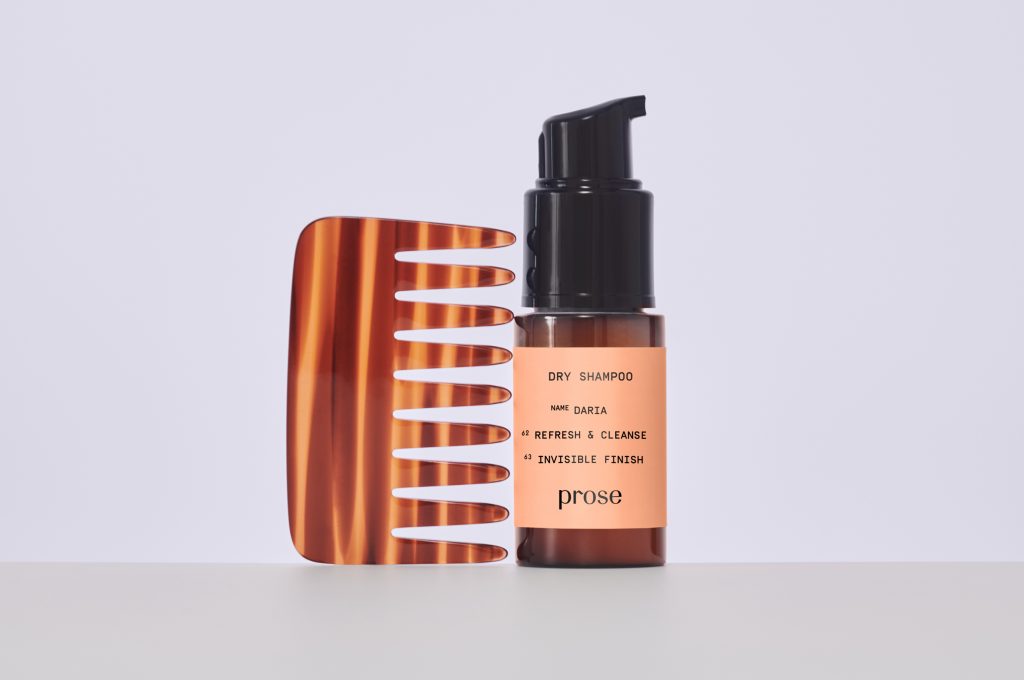Q: I get that we need emulsions in our haircare, but I’m still not clear on what they are.A:
“Emulsions are a perfect mix between oily and aqueous ingredients, which allows us to create any kind of texture, from liquid lotions to thick masks.” The way emulsions work in hair products is aqueous ingredients bring moisturizing effects and oily ingredients bring protection and nourishment, she explains.
Q: It sounds like they’re multifunctional.
A: “Basically, if you’re using a product which is not properly emulsified, the products won’t look great,” Sitter says. “It also won’t be as effective as a perfectly emulsified product.” When a hair product isn’t properly emulsified, it results in an unstable formula with a rough texture that’s bi-phasic and won’t effectively penetrate hair. Another consequence is it won’t be easy to spread on hair and can lead to a waxy deposit and excess of oils.
Q: How can we tell the difference between an emulsified and non-emulsified product?
A: “One tip: Most emulsified products look like cream while non-emulsified products are usually less thick. If you are looking at a thin layer of the product it’s more or less transparent,” Sitter says. “However, it’s mostly important to look at ingredients and avoid nasties or cheap and ineffective ingredients like petroleum oil.”
Q: Is this an ingredient that’s specific to haircare?
A: No, they can be found in anything that contains oil and water to help all the ingredients bind together, including other beauty products like moisturizers and creams, as well as even some food products such as mayonnaise. There’s a range of emulsifiers in hair products. For example, Prose uses some from plant-derived emulsifiers, Sitter explains. “There are different types of emulsifiers and the most common are fatty alcohols, like cetearyl alcohol, which is not to be confused with alcohol.” Cetearyl alcohol is a fatty alcohol sourced from natural oils and fats that’s used to thicken and stabilize products to improve their consistency.
Q: Interesting! Are there any others that I might recognize?
A: Other common emulsifiers include emulsifying wax NF, which is popular for blending lotions and creams that have oil and water, as well as boosting their consistency; ceteareth 20, which works well with all types of oil; and glyceryl stearate, a co-emulsifier used as a thickener and stabilizer. This list should shed a lot of light on exactly what goes into making your haircare products.






